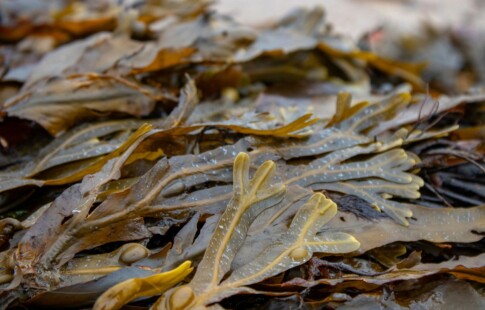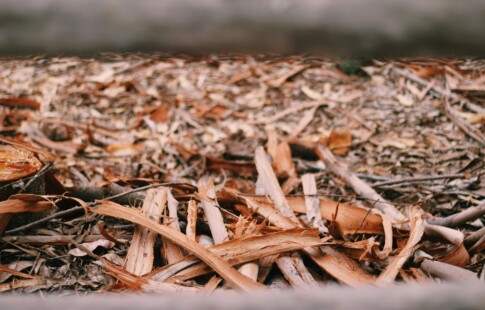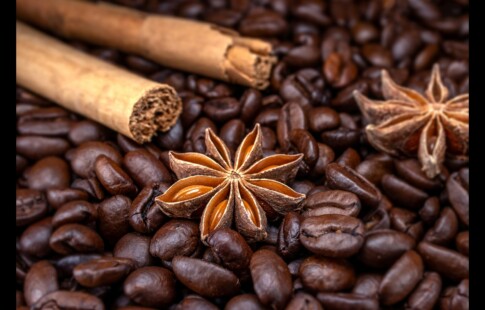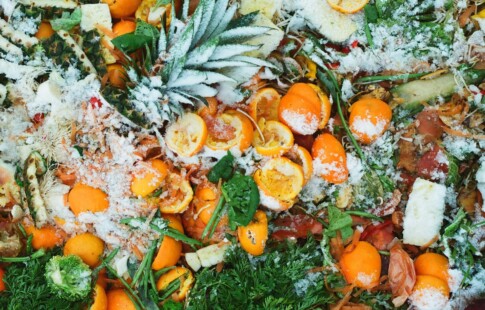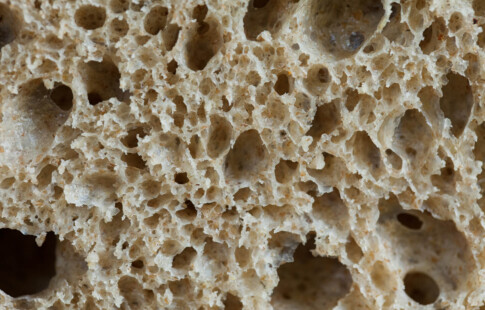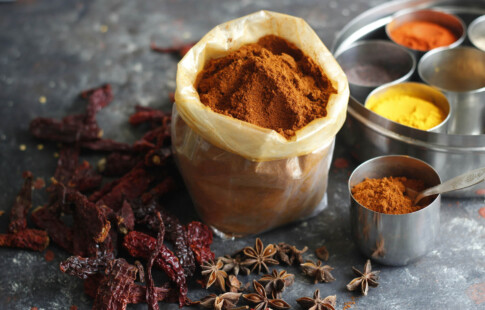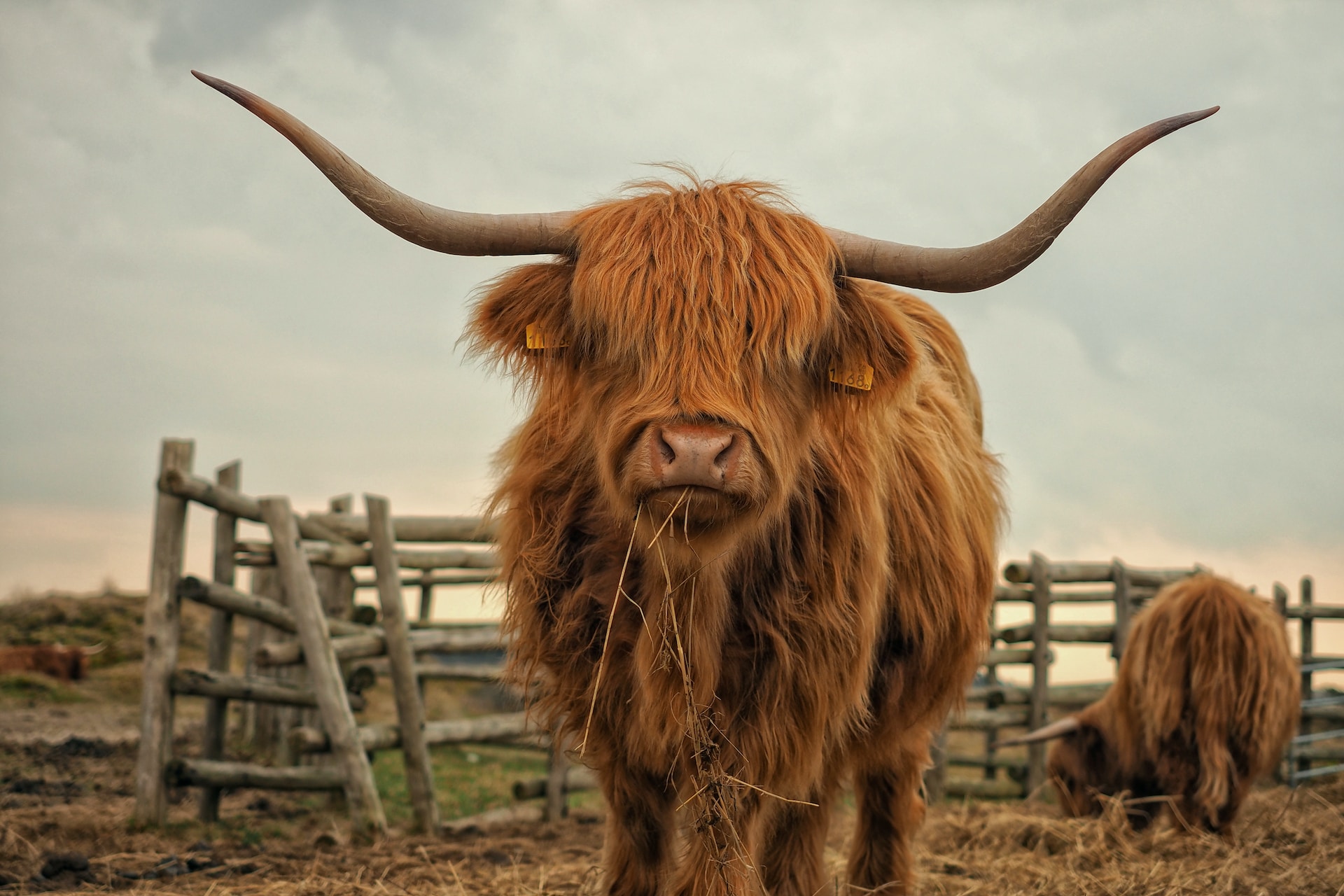
The Best Beef Cattle for a Small Farm
We are reader-supported. When you buy through links on our site, we may earn affiliate commission.
Do you dream of grilling your own home-grown steaks during summer barbecues? Do you want the satisfaction of providing grass-fed, ethically produced beef for your family all year long? Even if you’re strapped for acreage, raising your own cattle is a rewarding experience that cultivates a new appreciation for the value of meat. Here are the best beef cattle breeds for a small farm and how to choose the right one.
Consider the Temperature
An important factor when deciding on a cattle breed — and how many animals to purchase — is your local weather conditions. For example, shaggy Highland cows make more sense in their native Scotland than in the brutally hot fields of India, where zebus originated.
Choosing the right breed for your climate does more than just keep your animals comfortable — it will strongly impact their production abilities. Heat stress prompts cattle to reduce their feed intake, leading to smaller frames. Overheating also leads to shorter estrus periods and decreased uterine blood flow in cows and heifers, decreased sperm production in bulls, and suppressed breeding behavior, lowering fertility rates in the herd.
Keep your local climate in mind when deciding on the best beef cattle breed for your small farm.
Calculate Stocking Rates
In the United States, 89.9% of all farms are considered small, which the U.S. Department of Agriculture (USDA) defines as any farm earning less than $350,000 per year. Small farms average 231 acres in size. That can be a lot or a little land depending on the quality of the pasture and how much rainfall you get.
The maximum stocking rate for cattle is typically one cow and calf per acre. This rate assumes you have a 1,000-pound cow and her calf is under six months old. You need consistent rainfall and abundant grass to support this stocking level, because a cow will eat around 9,490 pounds of dry forage per year.
In dry, sparse grassland — like West Texas — you can only stock one cow and calf for every 150 acres. Consequently, those 231 acres will support just two individuals. You’ll have to buy supplemental feed if you want a bigger herd.
Figure out how many cattle your farm can support before you head to the auction house. It’s crucial to keep your rangeland in good condition because overgrazing can lead to erosion, biodiversity loss, and hungry animals. Decide on which grazing methods you will use to keep your pasture healthy and support your cattle for years to come.
The Best Beef Cattle for a Small Farm
Once you have an idea of how many cattle your acreage can realistically support — and if you should choose cold- or heat-hardy animals — you can take a look at some of the best beef cattle for small farms. Some of the most popular breeds include Dexter, Gelbvieh, Hereford, Australian Lowline, Highland, Belted Galloway, Zebu, and Simmental. To determine which breed would be best for your farm, take a look at the breed descriptions below.
- Dexter
The dual-purpose Dexter is one of the smallest cattle breeds, with bulls weighing only up to 1,000 pounds. These Irish cattle produce well-marbled dark beef. Dexters are known for easy calving and their ability to thrive on poor land. Due to their small size, they need less grass than other cattle. They are both heat and cold hardy.
- Gelbvieh
You get a lot of bang for your buck with these medium-sized cattle. Hailing from Germany, Gelbviehs are excellent for both meat and milk production, are fast gainers, and calve with ease. They’re well adapted to both heat and cold. Additionally, many people report that they have a high tolerance for ticks.
- Miniature Hereford
Herefords are one of the most popular beef cattle, and their small-sized counterparts are one of the best beef cattle breeds for a small farm. They require a lot less space than standard Herefords, mature more quickly, and don’t need as much feed to reach full size. Bulls weigh in at just 1,000 pounds, a full 57% smaller than full-sized Herefords.
- Australian Lowline
Developed from the immensely popular Angus breed, the Australian Lowline is one of the smallest breeds of cattle and provides well-marbled beef. Despite their relatively small size, these cattle yield a lot of meat. They are naturally polled and calve easily. They also adapt well to hot and cold conditions.
- Highland
Known for their long horns and fluffy coats, this large breed is one of the best types of beef cattle for a small farm that gets extremely cold. Highland cattle do not tolerate the heat well.
Because Highlands are a somewhat rare breed in many countries, they often cost more than well-established breeds. These cattle produce lean, tender meat even when kept on poor pasture, and they tend to be docile and easy to handle.
- Belted Galloway
A white band around their middle distinguishes these medium-sized cattle. They have a thick double coat that protects them from rain and snow, but they’re also tolerant of warm weather.
These slow-growing animals may take up to four years to reach harvest weight unless you provide supplemental feed. They tend to produce lean meat because their thick hair protects them against the cold, meaning they don’t need much body fat. Belted Galloways are usually docile, but cows may aggressively defend their calves.
- Miniature Zebu
Although not traditionally bred for meat production, this outstandingly heat-tolerant breed thrives in scorching temperatures. Miniature zebus are typically docile, social cattle, and they need very little space compared to their full-sized counterparts. They’re one of the world’s smallest cattle breeds — bulls only reach around 600 pounds at maturity.
- Simmental
These cattle may be massive, but they tend to have a docile disposition. They’re true dual-purpose animals that excel at converting feed to beef and milk, making them one of the most popular cattle breeds in many countries. Calves grow quickly and are typically ready for slaughter by 16 to 18 months of age.
Raising Cattle on a Small Farm
The number and type of beef cattle you should raise on a small farm depends on where you live, how much land you own, and what your overall goals are. You’re unlikely to get rich running a small beef ranching operation, but it can be a great way to connect with the land and produce delicious food — all while getting that coveted ag exemption.
Share on
Like what you read? Join other Environment.co readers!
Get the latest updates on our planet by subscribing to the Environment.co newsletter!
About the author

Steve Russell
Steve is the Managing Editor of Environment.co and regularly contributes articles related to wildlife, biodiversity, and recycling. His passions include wildlife photography and bird watching.
